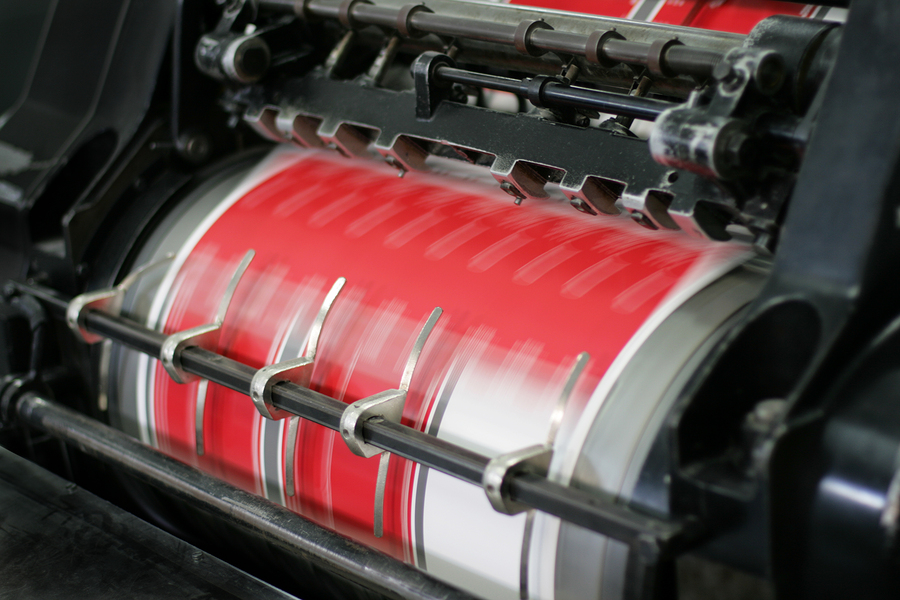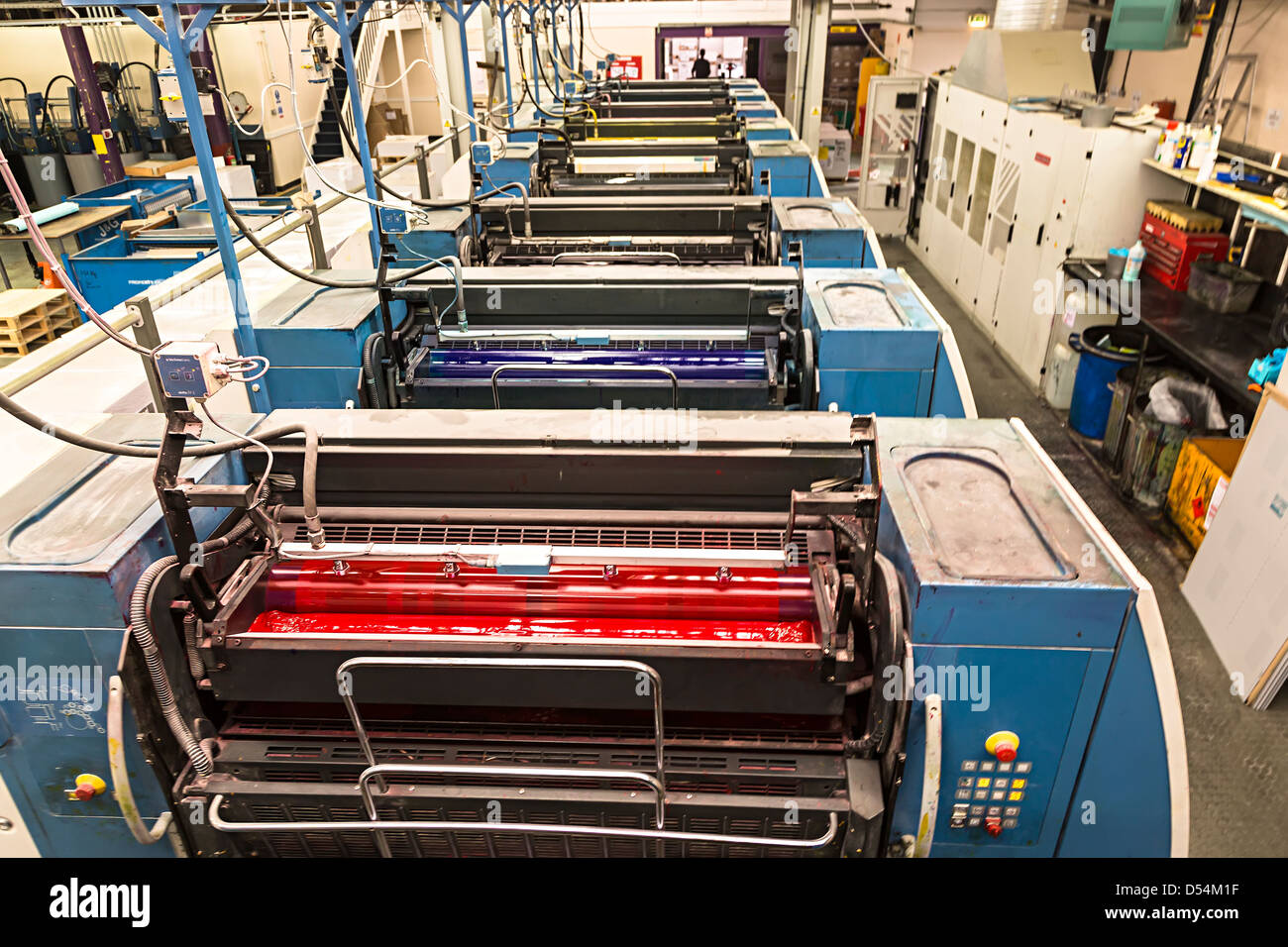A Comprehensive Guide to Recognizing Litho Printing Methods
The globe of litho printing, a strategy originating from the late 18th century, is a fascinating mix of history, science, advancement and art. This thorough guide will unravel the complexities of this printing technique, from the structure of litho inks to the difficulties faced in modern applications. As we venture into the complexities of lithography, the relevance of automation and sustainability in guaranteeing its future significance becomes significantly clear. Stick with us as we trip into the captivating realm of litho printing.
The Historic Advancement of Litho Printing
The historic trajectory of litho printing, a crucial innovation in the realm of interaction, is a captivating story of human ingenuity. Birthed in the late 18th century by Alois Senefelder, this strategy was at first an affordable method of releasing staged jobs. Lithography, originated from the Greek words for 'stone' and 'to create', made use of a smooth stone surface to transfer photos onto paper. The process progressed with the introduction of the rotating press, which greatly increased efficiency (litho printing). In the 20th century, the innovation of balanced out lithography changed the sector, permitting mass manufacturing of top notch prints. Each stage of litho printing's advancement showcases humanity's unrelenting quest of effectiveness and high quality in visual communication.
Decoding the Science Behind Litho Printing Inks
Relocating ahead in the exploration of litho printing methods, the focus now changes to the scientific research behind litho printing inks. The make-up of these inks, their drying out process, and shade mixing techniques develop the foundation of this complex art form. Understanding these aspects is critical to understanding the craft and attaining the desired print outcomes.
Composition of Litho Inks
In lithographic printing, the essential function of litho inks can not be overemphasized. The structure of litho inks differs depending on its function, but normally, they contain two primary components - pigments and lorries. Pigments, the color-providing aspects, are finely ground particles suspended in the lorry, a fluid that lugs the pigment onto the printing surface. The car is a complex blend of resins, solvents, and oils, which affect the ink's drying time, bond, and gloss. Additionally, different ingredients exist to boost specific properties like flow, drying out, and resistance to environmental impacts. Each element plays a vital component in the last print's quality, making the exact formulation of litho inks a complex scientific research.
Ink Drying Process
From the structure of litho inks, attention turns to the interesting procedure of ink drying out. 2 key methods are used in litho printing: oxidative drying and absorption. Absorption, on the various other hand, includes the ink leaking right into the paper fibers, which is a quicker process however can lead to much less vivid shades.
Color Combining Methods
While the drying process plays an essential role in litho printing, the science of shade mixing methods holds equal relevance. This is a complex process that entails the cautious mixing of primaries: cyan, magenta, and yellow, in differing proportions to achieve a broad range of tones. The enhancement of black ink, understood as 'key', assists in managing the strength and deepness of the shades. The science behind litho printing inks additionally considers the openness of the ink, which influences click this link exactly how shades overlay and mix. To attain an efficient shade mix, print experts need to also recognize the ins and outs of ink behavior, shade theory, and the physical residential properties of the substratum on which the ink is applied.
The Art and Layout Components in Litho Printing
Litho printing takes a breath life into art and design with its distinct components. The process includes producing a photo on a lithographic limestone plate or steel plate with a smooth surface. The photo is then published onto a tool, usually paper, by transferring the ink from the plate. What collections litho printing apart is its capacity to replicate complex layouts with high integrity, making the result nearly identical to the initial art work. This is accomplished with using various line strategies such as hatching, cross-hatching, and stippling, which enable a variety of tonal results. Furthermore, litho printing fits a range of shades, enabling musicians to create dynamic and dynamic prints. This mix of accuracy and convenience makes litho printing a preferred choice for lots of artists and designers.
Modern Applications of Litho Printing Strategies
Litho printing techniques have actually located extensive usage in the modern-day commercial market. Its impact and value remain to expand with the arrival of new innovations and modern technologies in the this contact form area. This area will certainly discover these contemporary applications and the transformative duty they play in the printing sector.
Industrial Litho Printing Uses
Litho printing continues to be an important part of the business industry. High-volume printing jobs, such as the manufacturing of publications, newspapers, and packaging, rely on litho printing for its capability to provide remarkable image top quality and expense effectiveness. Litho printing likewise provides a broad color range, premium to that of electronic printing.
Innovations in Litho Printing
Pressing the limits of typical techniques, modern-day advancements have fueled a host of advancements in litho printing. One famous development is electronic litho printing, which combines the virtues of electronic innovation with litho's top quality result. These advancements emphasize the enduring significance of litho printing in the modern-day world.
Discovering the Refine of Litho Printing: Detailed

Obstacles and Solutions in Contemporary Litho Printing

Despite the accuracy and tradition that litho printing happily promotes, it is not without its collection of modern obstacles. Digital litho printing enables for cost-effective short runs and easy personalization, dealing with the problem of variable data. Hence, while there are difficulties, the litho printing market is proactively adapting to fulfill them head-on, guaranteeing its significance in the future.
Verdict
Finally, litho printing, with its rich history and scientific ins and outs, holds a considerable place in the print industry. As the overview reveals, it's a synthesis of art and technology, with modern-day developments guaranteeing its relevance. The sector faces challenges that require ingenious solutions, with an emphasis on automation and sustainability. The future of litho printing hinges on its ability to adjust to these altering needs, affirming its long-lasting worth in an evolving market.
